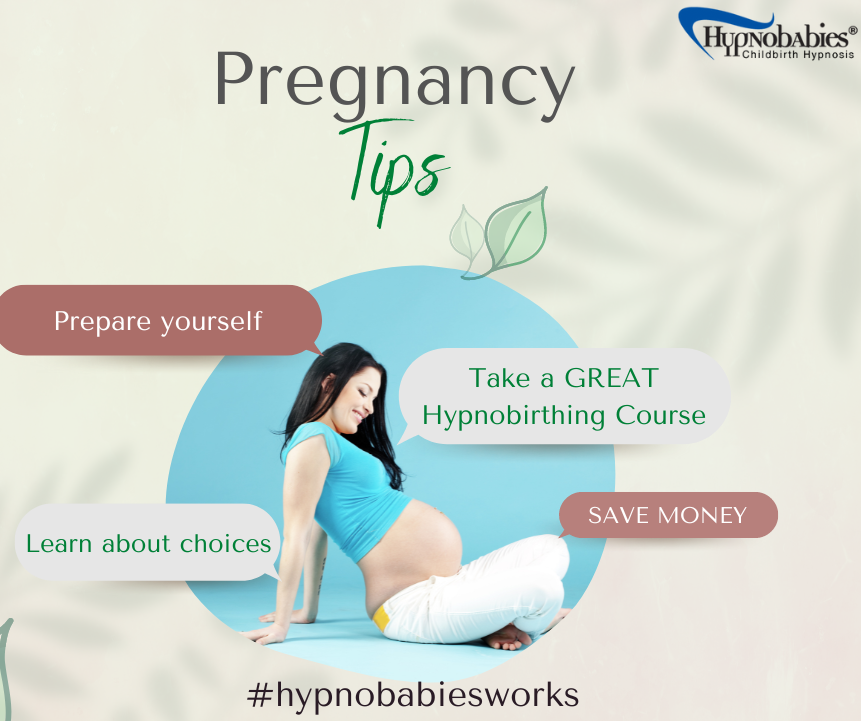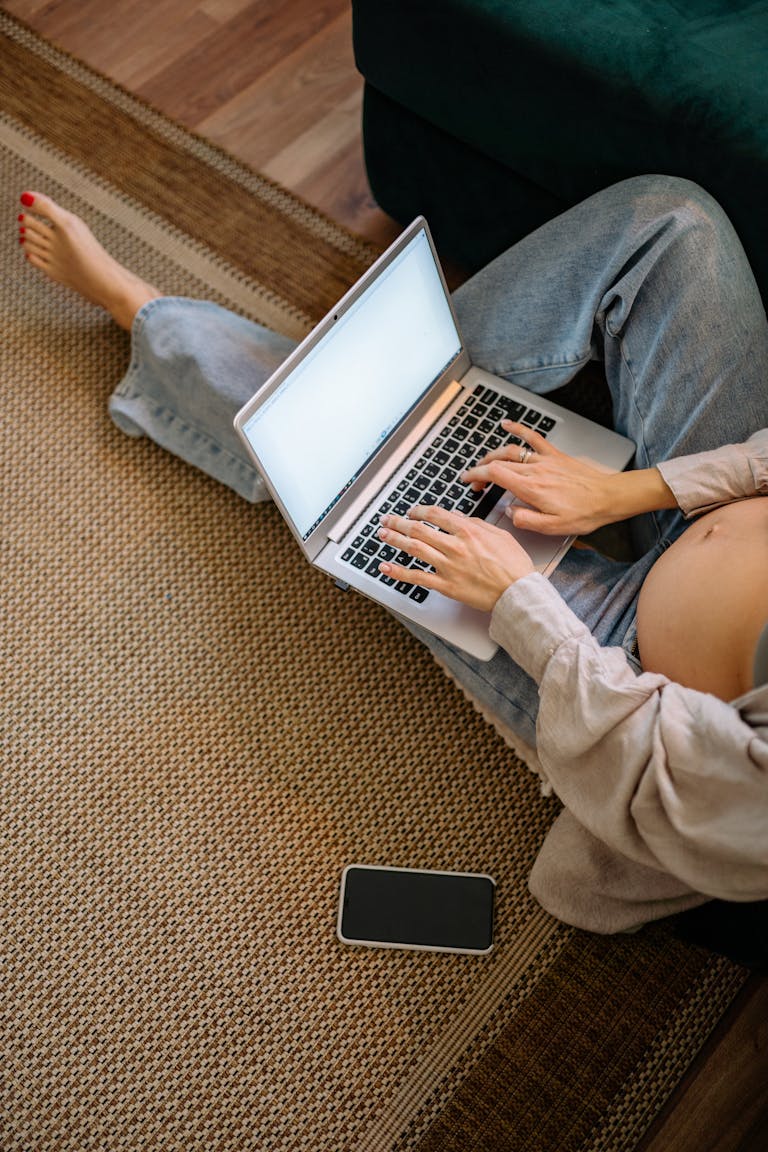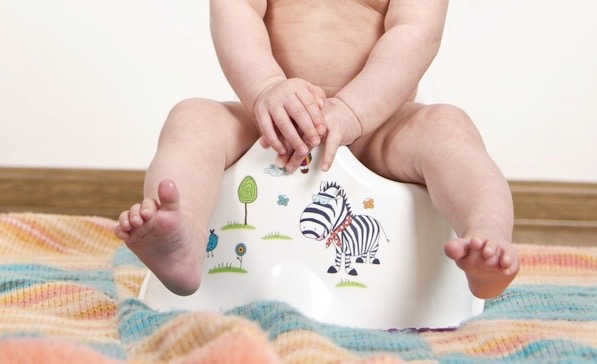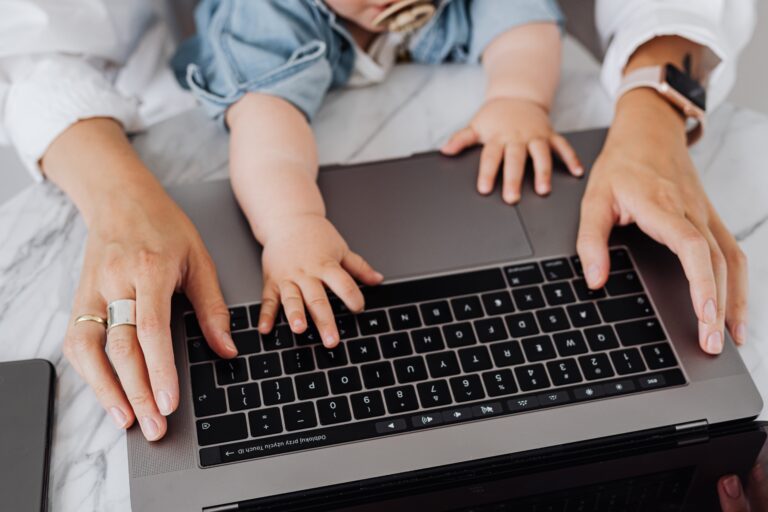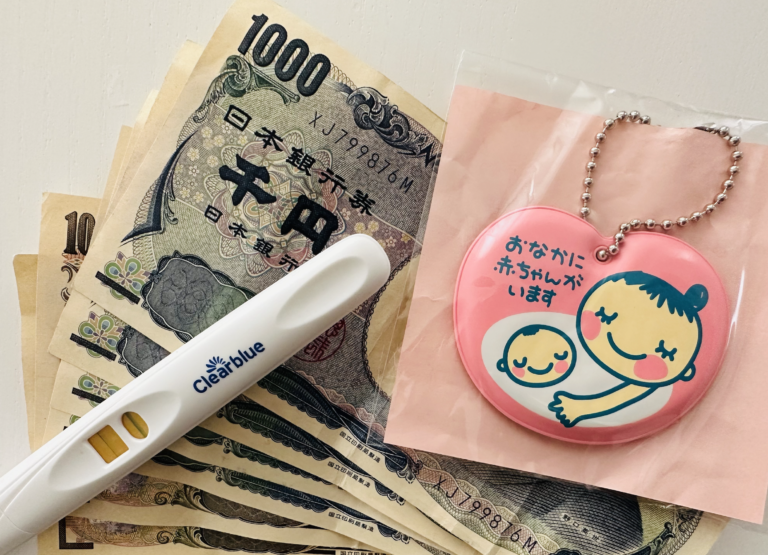The Beginner’s Guide to Maternity Leave in Japan
Both of my daughters were born in Japan. Working in HR you would think I knew the ins and outs of the process on going on maternity leave. But both times, I struggled with the application and filing process – from finding the right forms to submission deadlines to approval stamps. And the filing for maternity leave is just one aspect. Maternity Leave is likely the longest time you will be out from your job. This needs to be prepared as well. A lot of to-dos that can seem overwhelming but really aren’t when you know all the necessary details.
Let me help you to get through the maternity leave process without any stress – you’re already producing a baby, no extra stress needed, momma!
What is maternity leave?
Maternity Leave refers to a certain period of time (absence) granted to an expecting mother before and after the birth of her child.
Overall, the purpose of maternity leave is to protect working women from loosing their jobs, suspended earnings and health risks.
The objective of maternity leave before birth is for the expectant mother to be able to rest and prepare for the baby’s arrival. The purpose of maternity leave after the birth of the child is for the mother to be able to recover, to bond with and care for the newborn.
Paid Maternity Leave is available in more than 120 countries according to the International Labour Organization.
Why is maternity leave important?
In Japan, Maternity Leave means paid time off work to rest before and after baby arrives. You do not want to miss out on that.
Therefore, it is important for every momma-to-be to be sufficiently informed about her rights and duties with regards to maternity leave so that she is able to use it as intended.
Just being pregnant does not magically activate everything that is connected to maternity leave. No! Besides the pre-natal check ups, maternity leave is one of the first big activities where momma realizes she has to organize her life and her work with a new factor: the pregnancy and baby.
Maternity Leave affects your employment status, your career, your financial situation, your social security – these should be enough reasons to take it seriously.
How to get started with your maternity leave
- First of all, you should know your general legal rights with regards to maternity leave. In Japan, the Labour Standards Act (Chapter V12 – WOMEN, Article 65) as well as the Child Care and Nursing Care Act regulate the conditions of maternity leave.
- Next, you should check your own situation and what you are entitled for. Depending on the length of employment in Japan, with the current employer, contributing to social security, there might be differences.
- Then, you should know about the process in your company to apply and file for maternity leave.
Maternity Leave Survey
Are you currently preparing for going on maternity (or parental) leave and taking some time off work? How is this process and preparation going for you? Are companies doing enough to support their employees in this process?
I would love to hear about your experience and thoughts.
Tips for success in preparing your maternity leave
Momma, you’re producing a little human and are already preparing for your baby’s arrival on so many levels. Don’t try to figure it out by yourself. Talk to other mommas who have gone on maternity leave in Japan, consult your Facebook groups, ask someone from HR from your company or send me a message. It is really easy when you know all the steps and forms involved.
Frequently Asked Questions
The last thing you need to know about maternity leave
I found the administrative process for going on maternity leave extremely tedious. Paperwork is the last thing you want to deal with in your third trimester or after giving birth. It is important to get all the filing right to ensure receiving all financial benefits. Therefore, do yourself the favor to learn about the process and organize your documents properly well in advance. This way you can fully focus on setting up that nursery or cuddling with your newborn.

